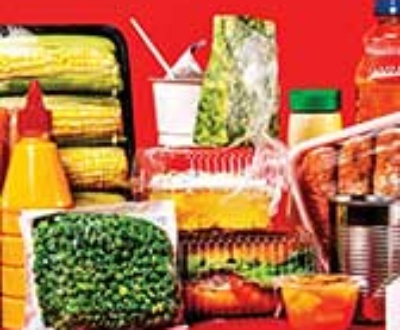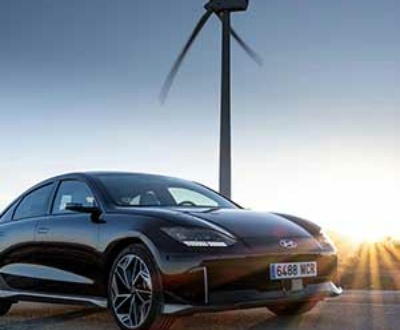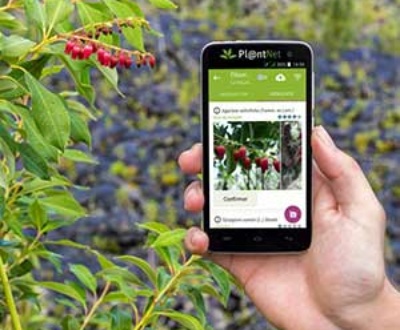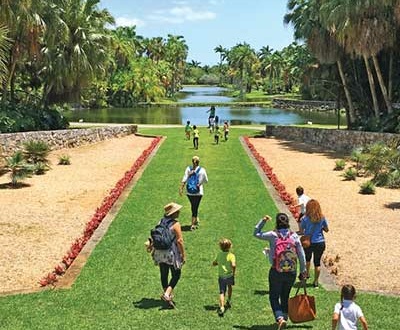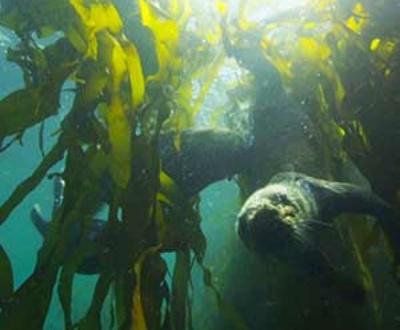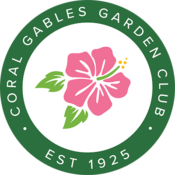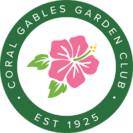Did you happen to see the Super Bowl this year? Wow, what a game! And wow Tom Brady!!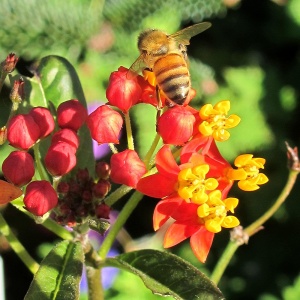
He periodically posts his NFL draft evaluation on his social media which reads:
“Poor build, Skinny, lacks great physical stature and arm strength, Lacks mobility and the ability to avoid the rush, lacks a really strong arm, Can’t drive the ball downfield, Does not throw really tight spiral, System-type player who can get exposed if forced to ad-lib. Gets knocked down really easily”……..
So the next time someone tells you “no” I guess you need to push on and do a Tom Brady. Of course what I am pushing to accomplish is a “greening” of our beautiful city by, among other things, adding back native plants and pollinator plants and wildflowers to our landscape, ideally to city land as well as home gardens.
How About More Native Plants, Pollinator Plants, and Wildflowers?
As I mentioned in last month’s Green Gables—What about less grass in your yard and more native plants, pollinator plants, and wildflowers?? Well, the University of Central Florida has come up with a website titled Lawntowildflowers.org. Nobody’s talking about removing all the grass, just adding a pollinator patch to your yard! The website has a section to learn about pollinator plants, wildflower plants and a “how to convert” section, and where to buy seeds.
It also has a mobile app you can download with a tool to help you find pollinator-friendly native wildflowers, easy-to-follow methods for creating pollinator habitats, and more. They are saying a plot as small as 6’x6’ all you need to make a difference for pollinators.
Insects That Pollinate Flowers Like Bees and Butterflies are in Trouble
Habitat loss and pesticide use are causing a widespread decline in native pollinators. And without them, many plants—including food crops—would die off. So, in addition to adding native pollinator plants, wildflowers, and native plants to your landscape how else can you help? Well, a REALLY good thing to do is to support FLAwildflowers.org with a purchase of a wildflower license plate for your car. These tags have raised millions of dollars for the organization to plant wildflowers all over the state along highways, under utility easements, and more. Go to the site to purchase the plate for $15 to support their efforts. Another good website is plantrealflorida.org. This is a list of Florida native plant nurseries where you can buy your plants. Just enter your zip code and you can also enter a specific plant you are looking for.
www.CoralGablesGardenClub.org
A big shout out to the lovely ladies at the Coral Gables Garden Club for creating this wonderful website last August. It is a treasure of information!! Explore the site. If you click on the resources tab at the top you can choose from The Hothouse Blog, the Videos, the Pictures, and all the back issues of my Green Gables column. Under the video tab, among other things, you will find videos on Native Plants for Florida Gardens, Ecosystems of Everglades National Park, A virtual tour of N.Y. Botanical Garden’s Orchid Show and Pollinator Plants for Miami Dade County. Under the Hothouse Blog tab, you can find among others: Incorporating Roses, The Tree Canopy, “Gardening” with Corals by adding new corals to the reef, and Adding a Pollinator Garden. Items are added every month so take a look. ENJOY!!
Remember What David Attenborough Tells Us
In his latest movie, A Life on Our Planet, he tells us that in 1937, when he was a teenager, 66% of the planet was wilderness now it is 35%. In 1937 there were 2.3 billion people on earth now there are 7.8 billion. Planting for pollinators or moving to renewable energy sources like solar and wind isn’t some fun thing to do or a great idea.
We have no choice but to address the jump in carbon dioxide particles in the air from, as he points out, 280 parts per million in 1937 to 415 ppm now, to address the fact that, “Up to 1 million plant and animal species are on the verge of extinction”(UN report on biodiversity and the ecosystems 2019).
Like exactly what kind of planet do you think we will be living on if we don’t?? We are already getting a preview. 2020 tied with 2016 for the hottest year on record. “In central South America warming and drought resulted in wildfires burning 25% of the vast Pantanal wetland. In the United States, drought spread to half the country. 2020 offered no respite, with record fires in Australia and California.” (NYTimes1/28/21) Do we want more of this? Check out https://voteclimatepac.org/voters-guide/
About the Author
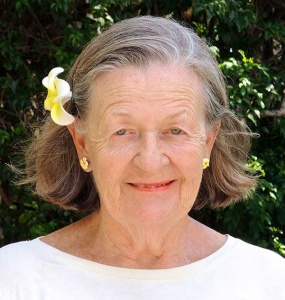
Linda Lawrence Waldron currently writes the Green Gables column in Gables Living Magazine. Linda was Chairman of the Garden Club's Coral Gables Library Butterfly Garden Committee.
Sign up here for email notifications about new Green Gables articles!
More from our blogs
See all postsRecent Posts
- April 2023 April 1, 2024
- Good News on Environmental Plastics February 1, 2024
- Material World / Plant World January 1, 2024
Leave a Comment cancel
This site uses Akismet to reduce spam. Learn how your comment data is processed.



